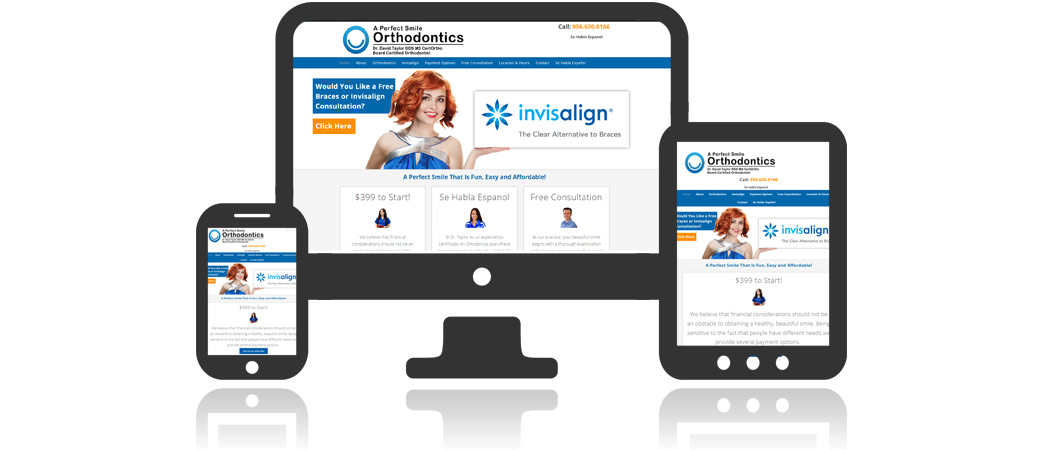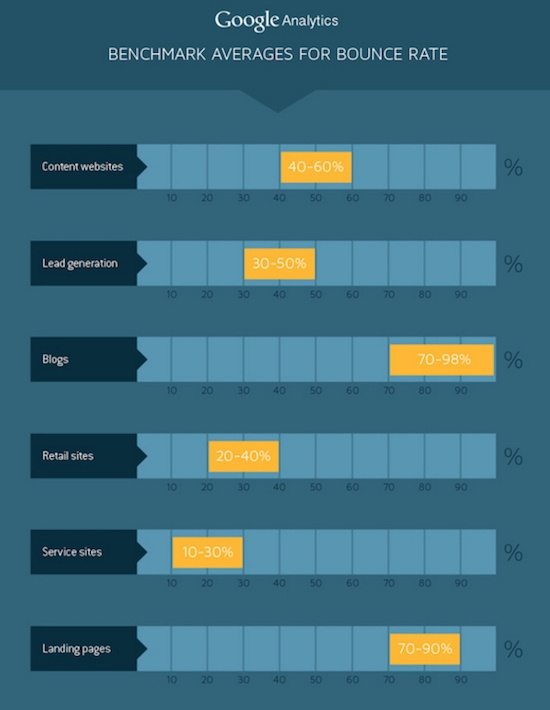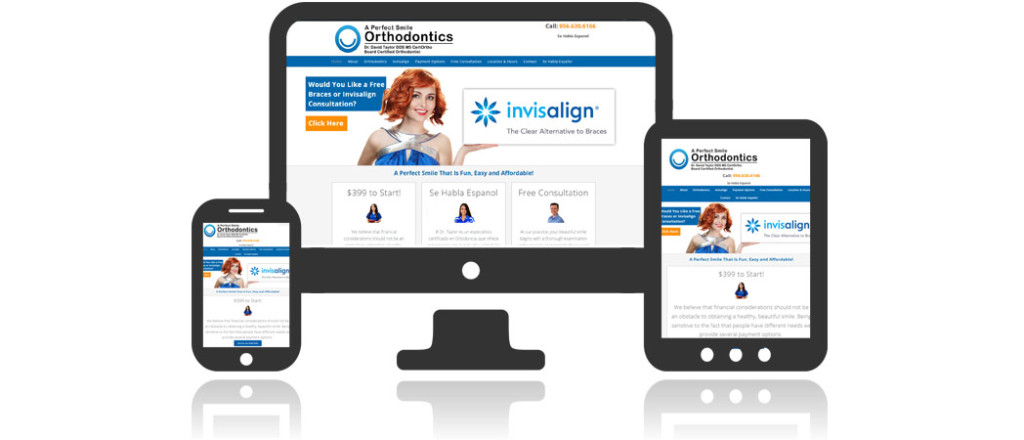 Since the “bounce rate” of your website is often a major concern, I wanted to provide some information that I feel is very important to understand on this topic.
Since the “bounce rate” of your website is often a major concern, I wanted to provide some information that I feel is very important to understand on this topic.I am going to try to make this as simple as possible and as short as possible. I am also going to quote from some experts as well (below in quotes) so that you will know that this is not just my opinion, but it is factual.
What does Bounce Rate mean?
Bounce rate refers to the number of single-page sessions compared to all sessions on your website. If five out of every ten people who visit your website leave before visiting a second page, your bounce rate is 50%.
Another reference clarifies this:
If someone performs an initial action, like a site visit, but doesn’t interact a second time (by viewing another page) within 30 minutes, it’s considered a bounce.
Some people really panic when they see bounce rates over 50%.
Most people assume that if a bounce rate is over 50%, it’s their fault. Their content or landing pages just aren’t performing the way that they should. But guess what? It’s not true.
Most don’t even realize that a 90% bounce rate isn’t out of the norm for certain parts of your website.
In other words, your high bounce rate isn’t telling you the whole story.
Here is a chart that shows average bounce rates for different types of sites and pages.

Many websites are constructed in such a way as to create funnels, certainly this applies to all of our current clients. Most of the key pages on these websites have been set up as “landing pages” or “sales pages”. This is done for each of the main services that a client offers. Google ads then drive people to those key pages. If you go to one of these landing pages, you will see multiple blocks of information about the topic, including symptoms, testing, benefits of treatment, etc. Then there is info about each of the providers, info about insurance, and a strong push to call the New Patient Coordinator for a free consultation (or send in a written inquiry at the bottom of that page), who can explain how it all works and answer your questions so you can decide if this is right for you.
The idea of a landing page is that all of the information is laid out succinctly in one page, with encouragement to call or write in throughout the page, with the purpose in mind of channeling the visitor to contact the client or call in to our call center.
Most of our websites are not set up in such a way as to encourage people to go through other parts of the website, because our focus is to channel people into inquiring.
Bounce rate can be a confusing metric. When you hear “high bounce rate,” it immediately triggers anxiety in most digital marketers. But it shouldn’t always. Here’s why… In some cases a high bounce rate can actually be a sign of good user experience.So to understand the implications of high bounce rate, you have to assess it based on page type. On landing pages, the average bounce rate is between 70 and 90%.
In short, all I am trying to say is that looking at bounce rate is not black and white, or as simple as high is bad and low is good.
When you are talking about landing pages, which is mostly what a website constructed to procure new clients or new patients or sell products would consist of, a high bounce rate is not a bad thing. What is important is whether or not it generates inquiries or leads and ideally bookings or new business.
I just wanted to give you a better understanding of this topic and help to clarify this topic.
